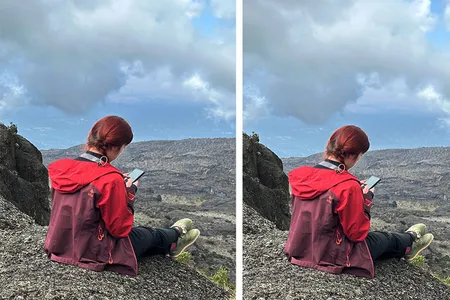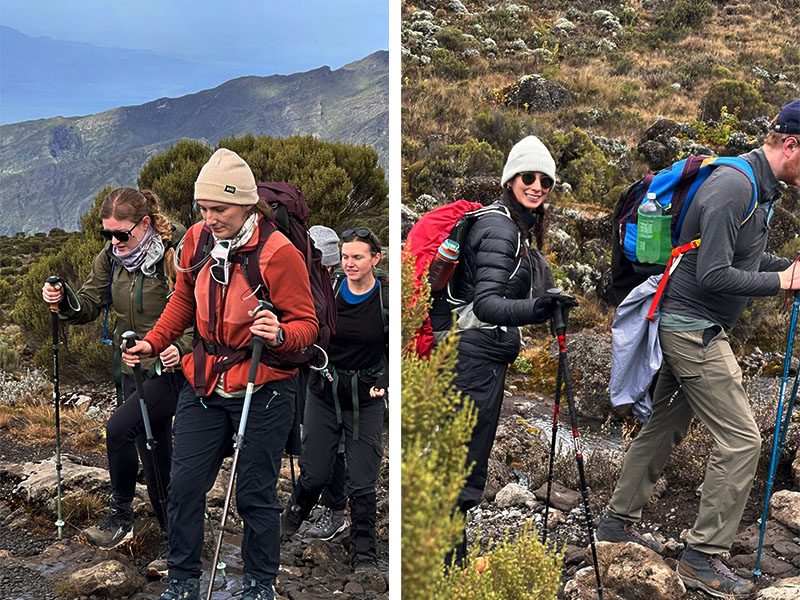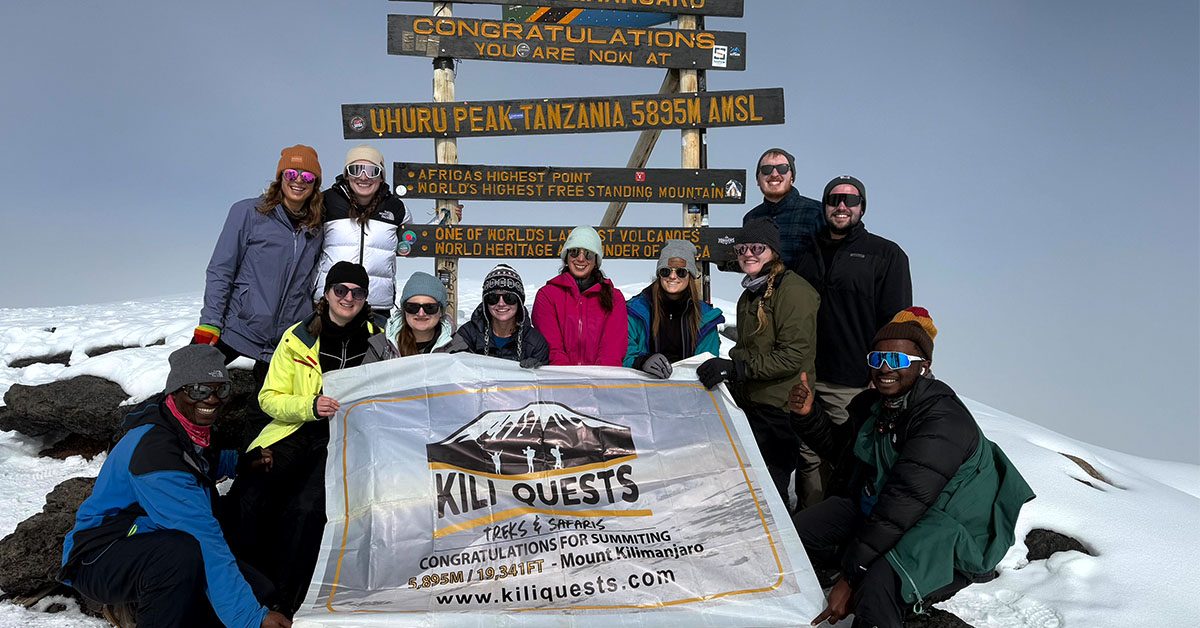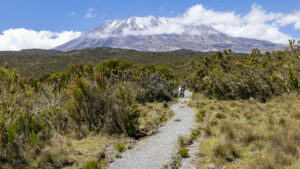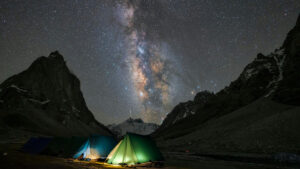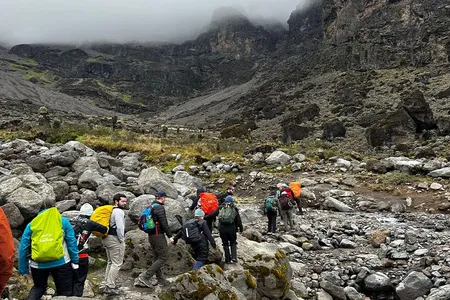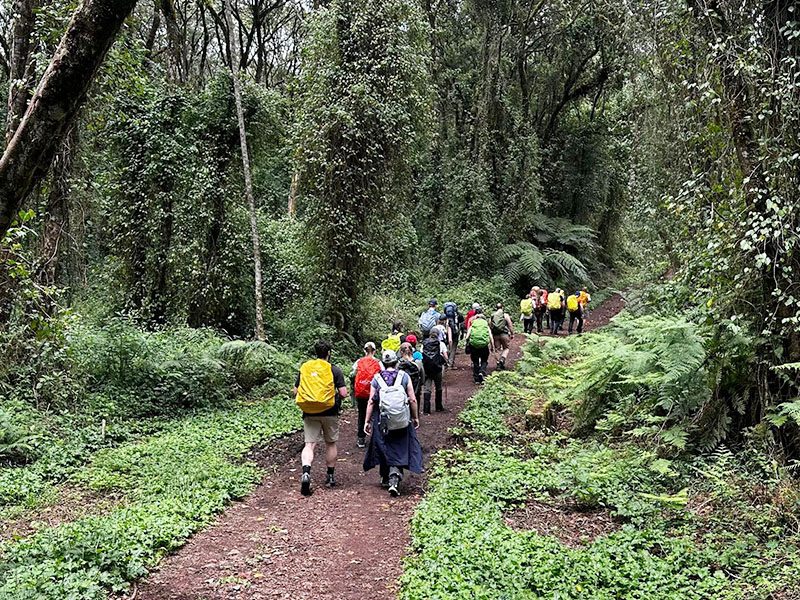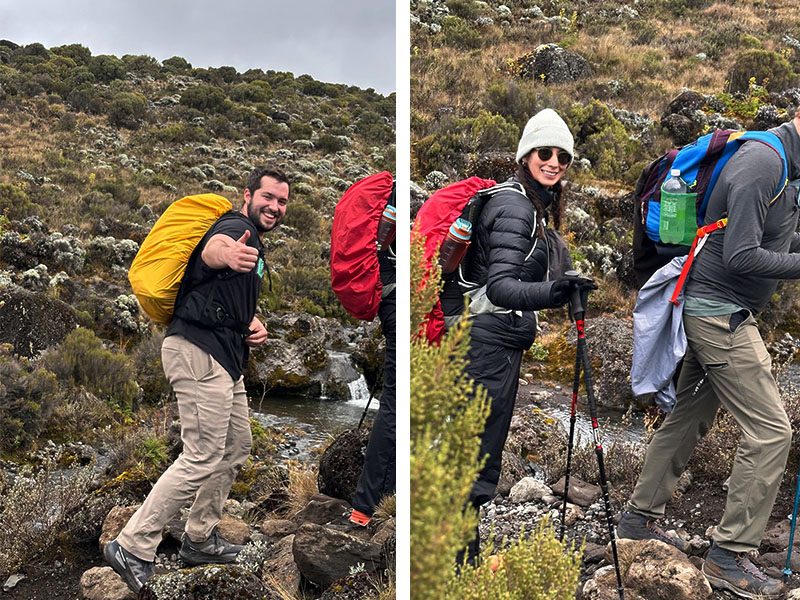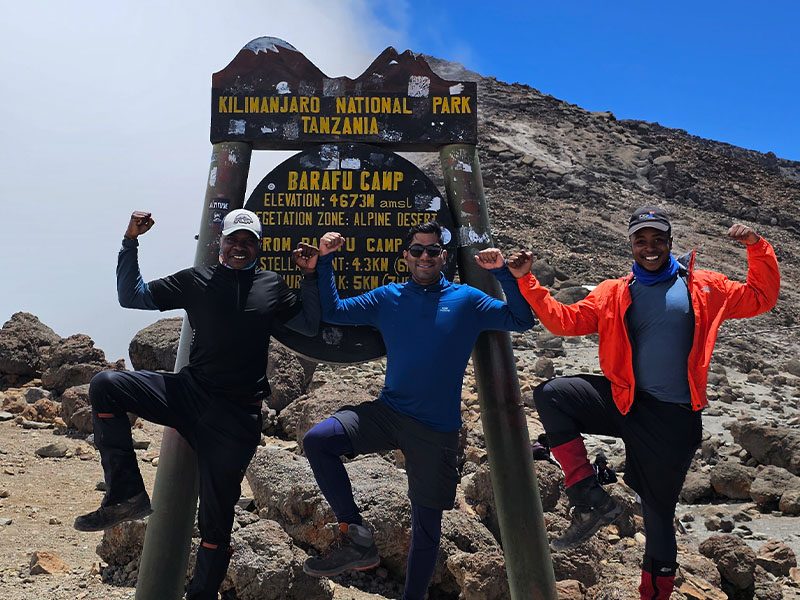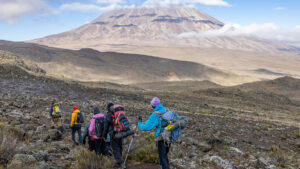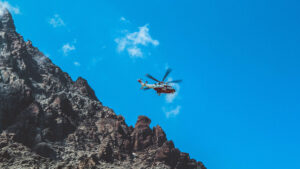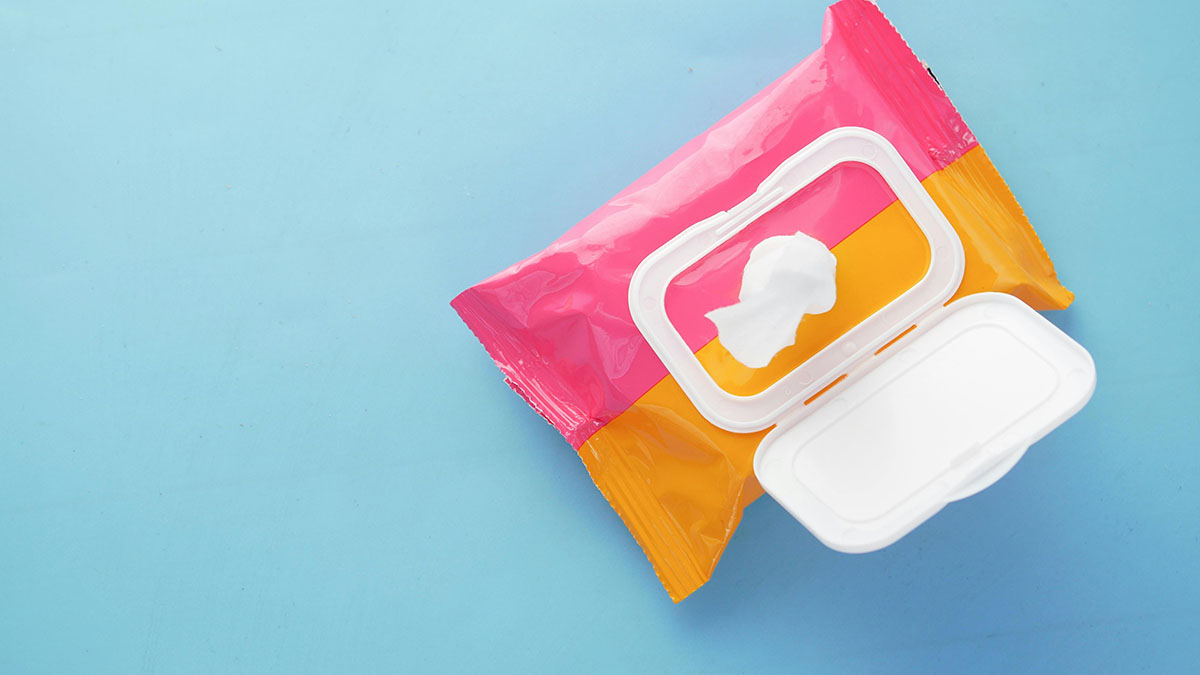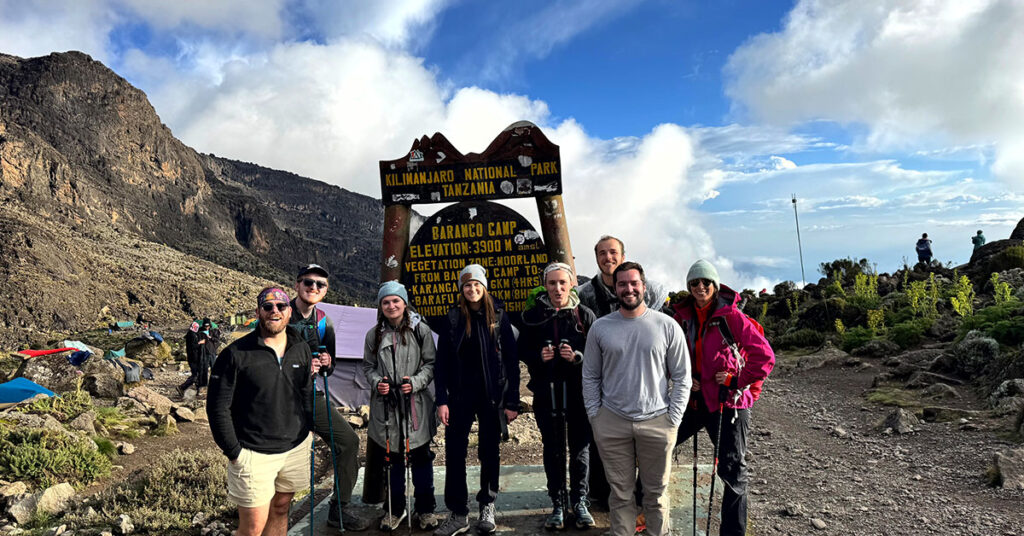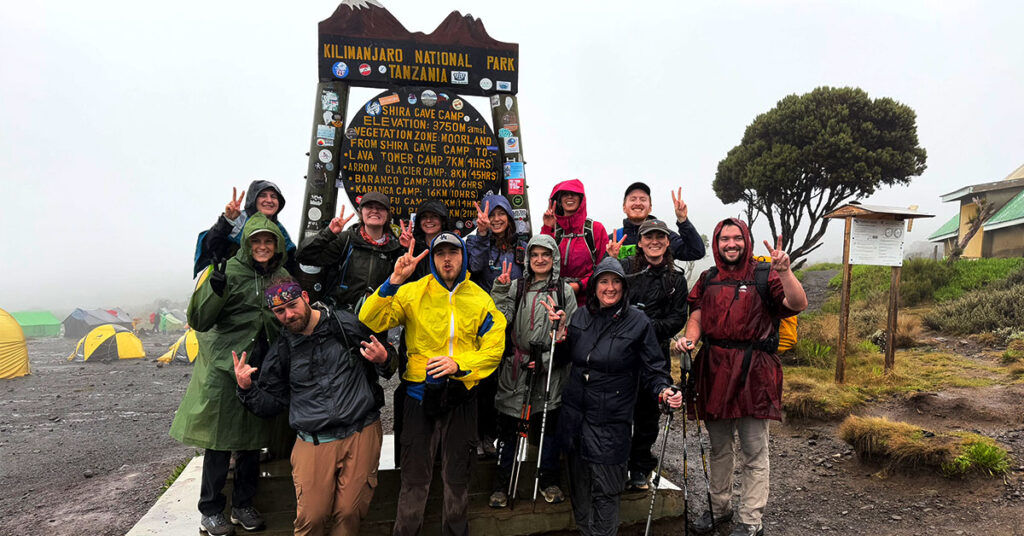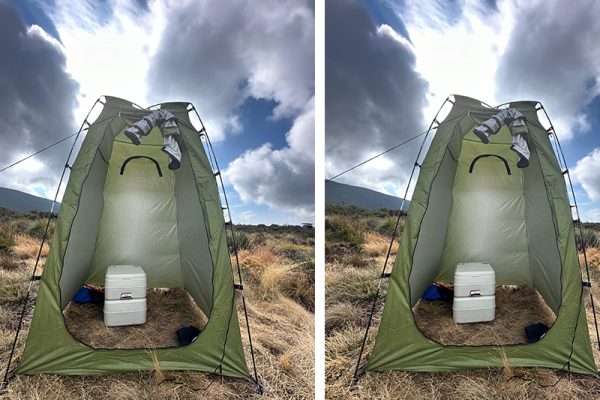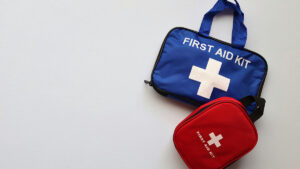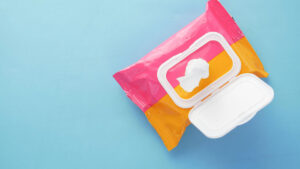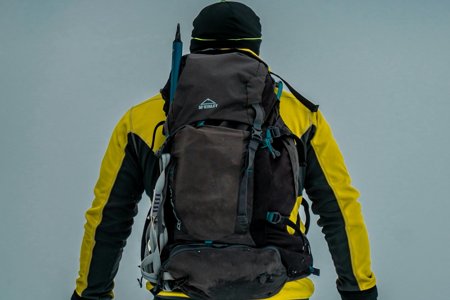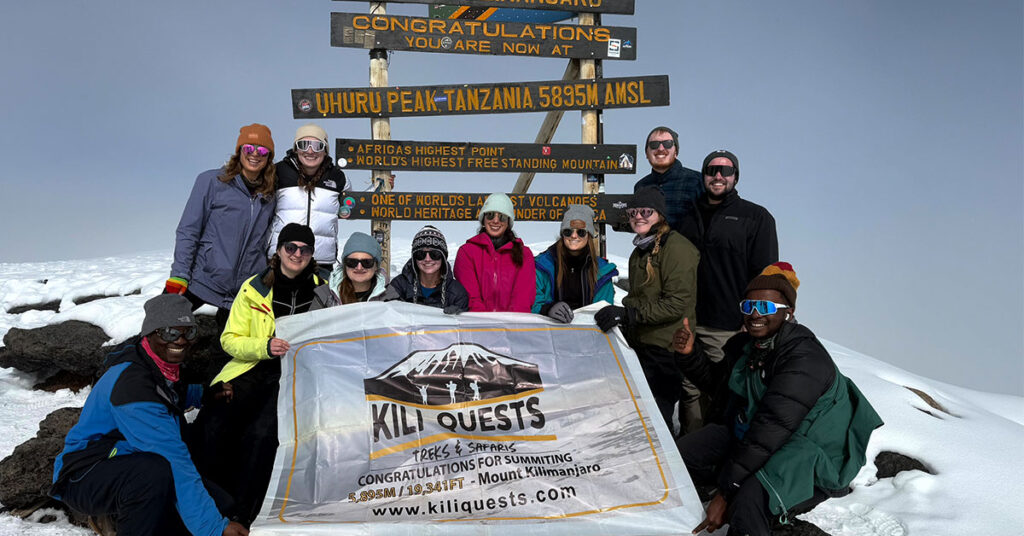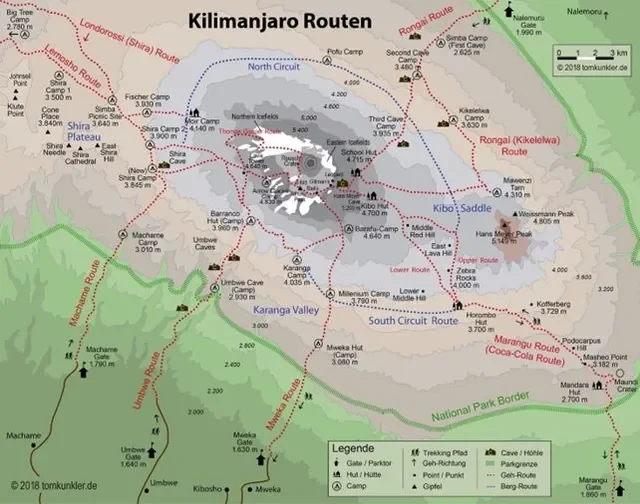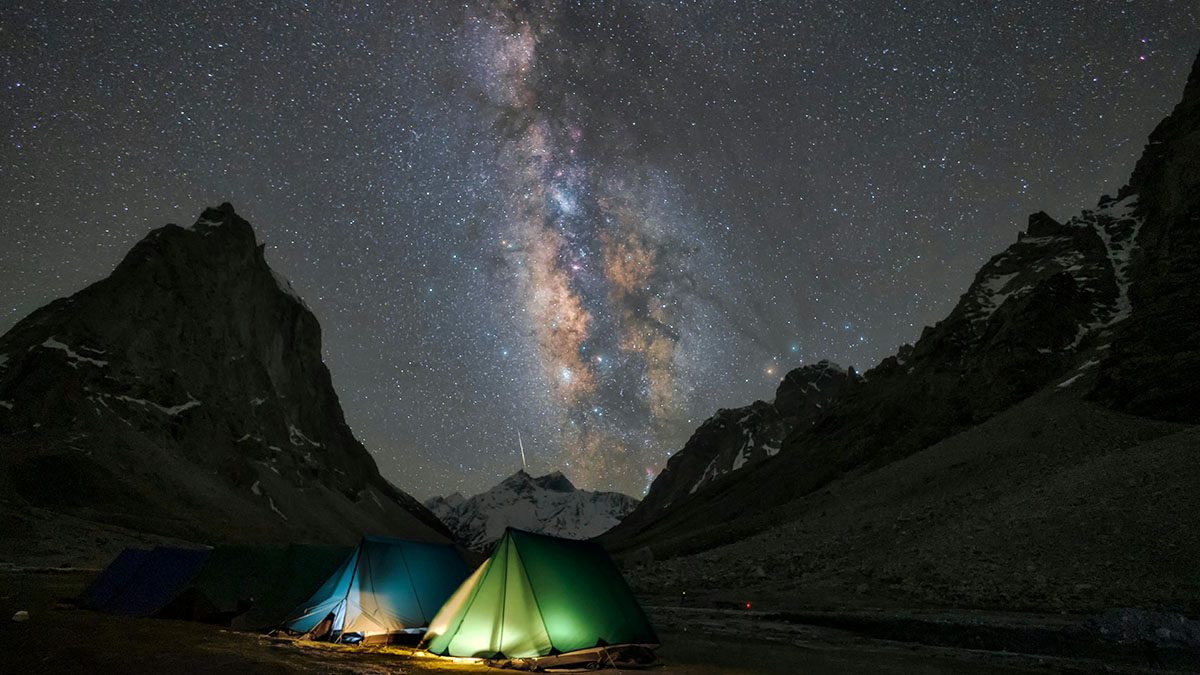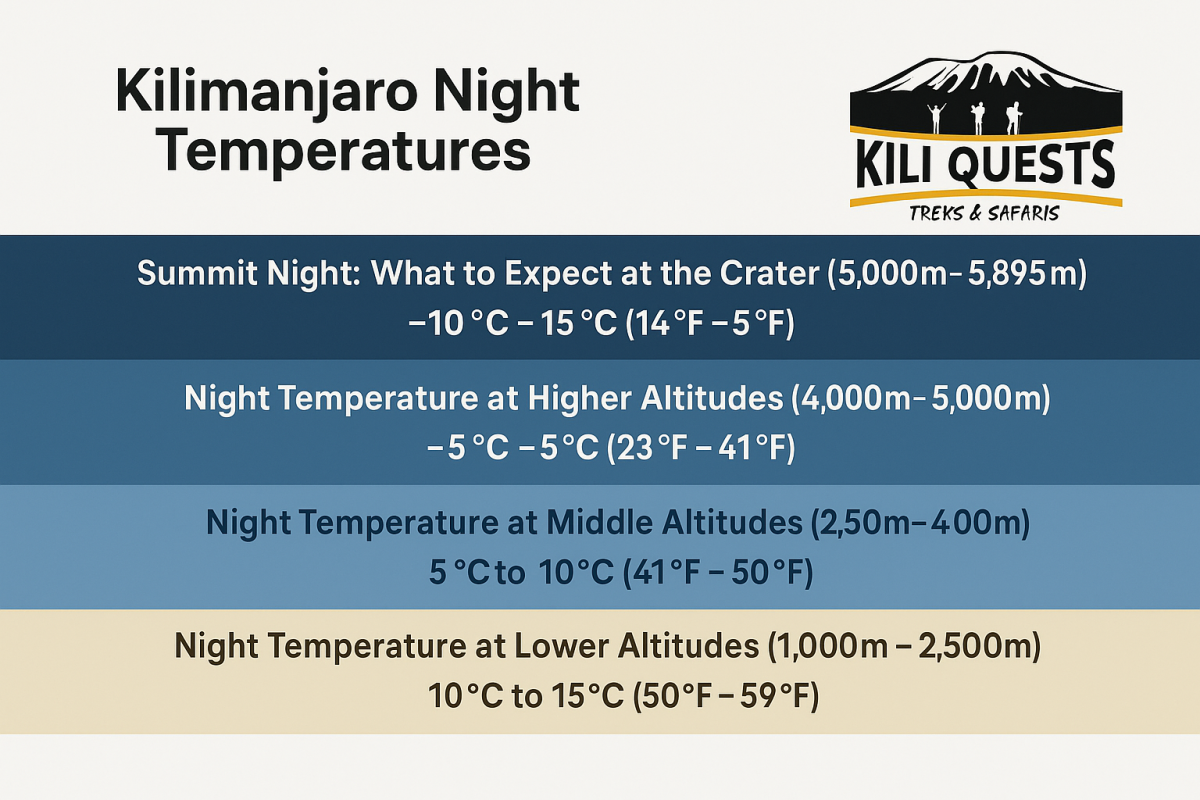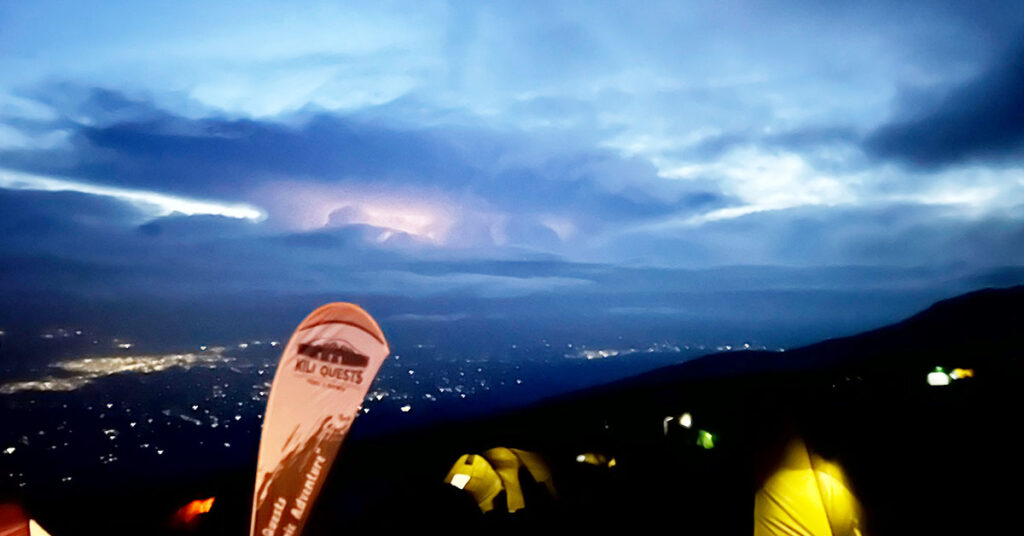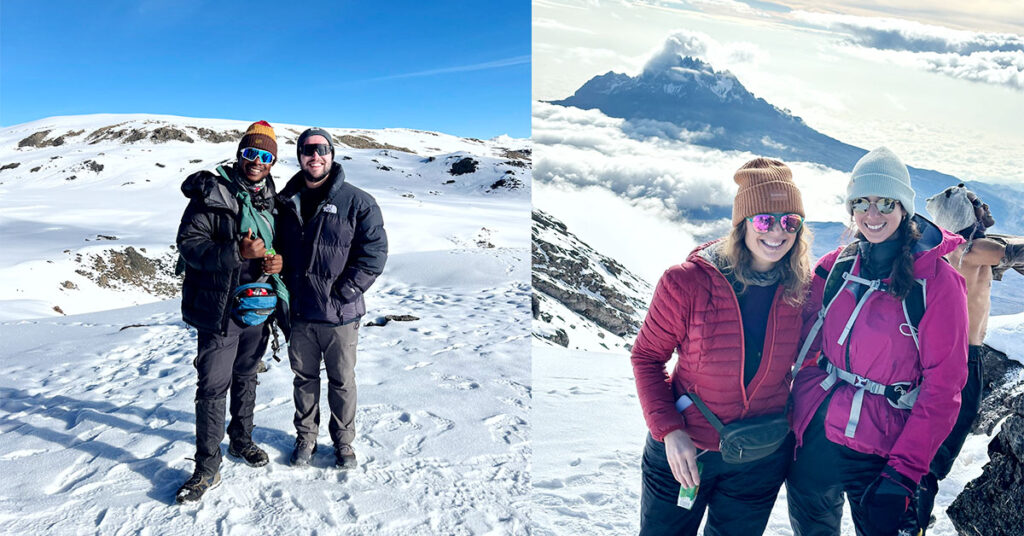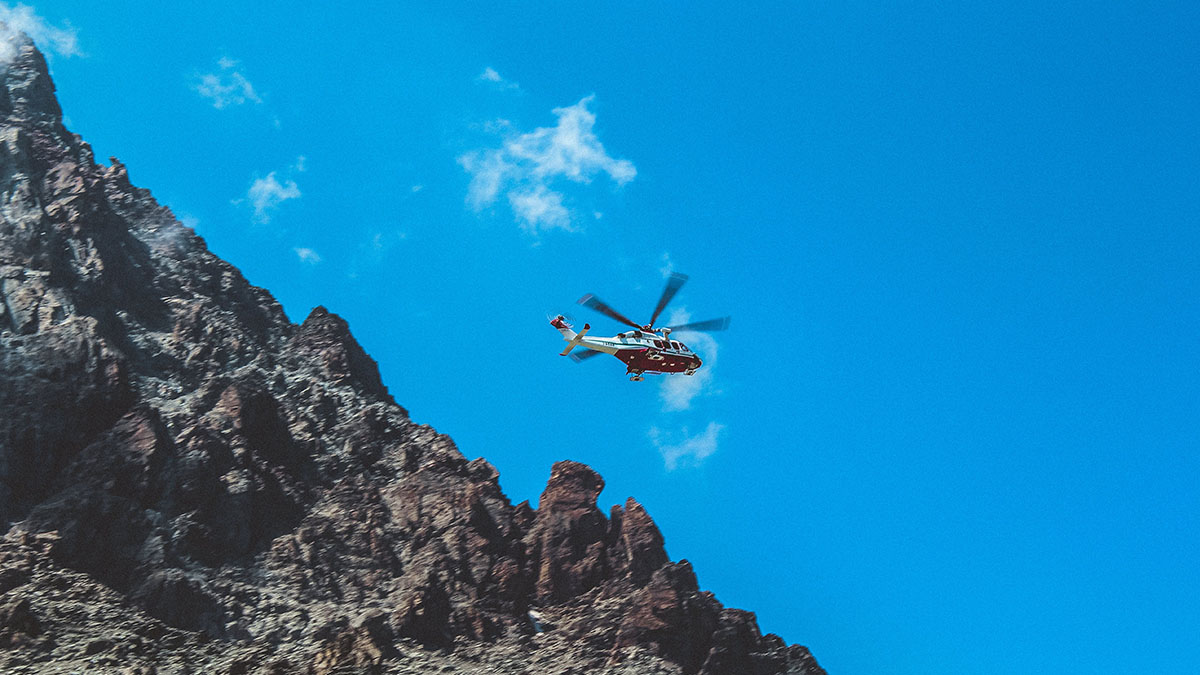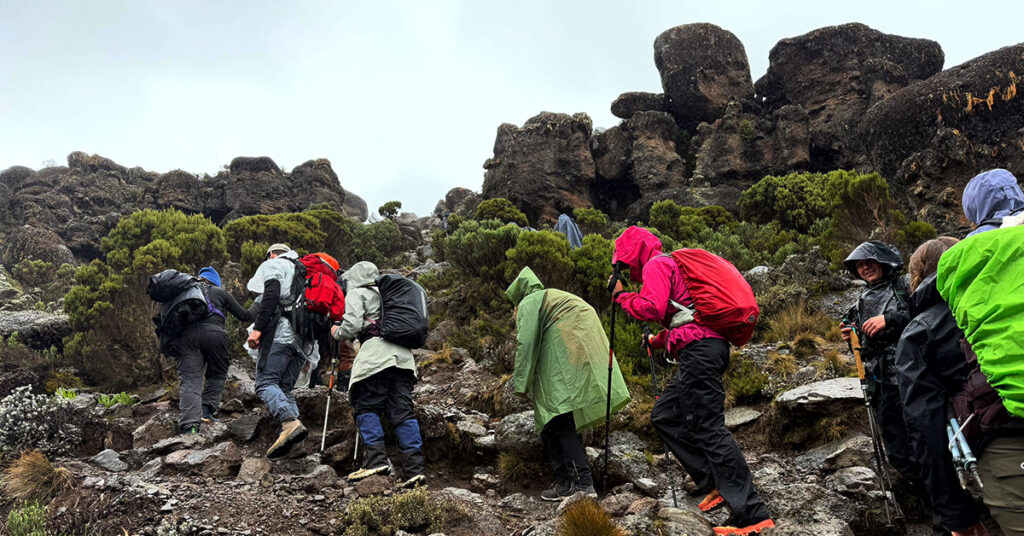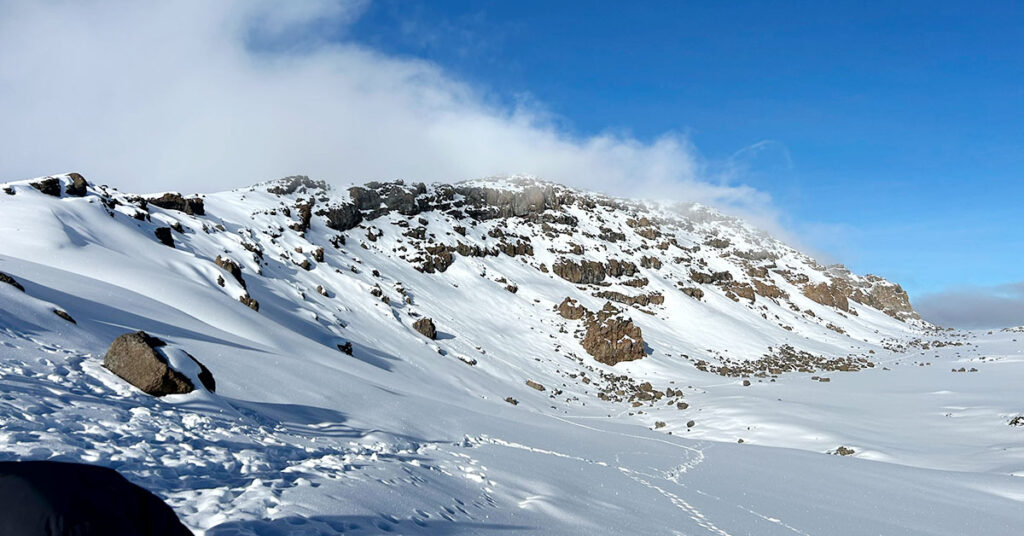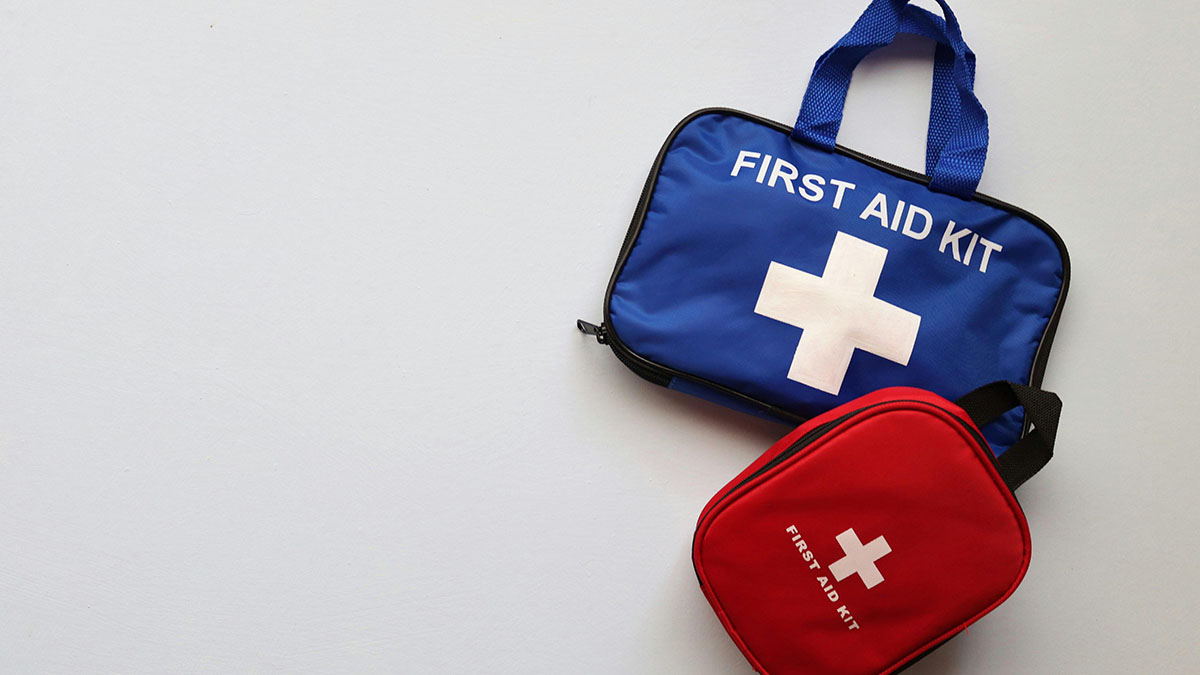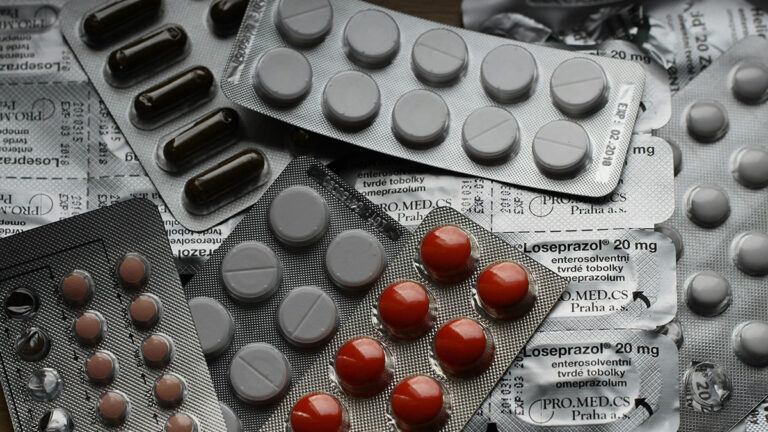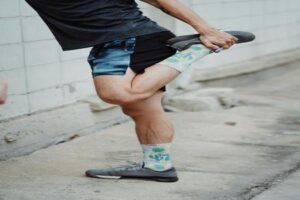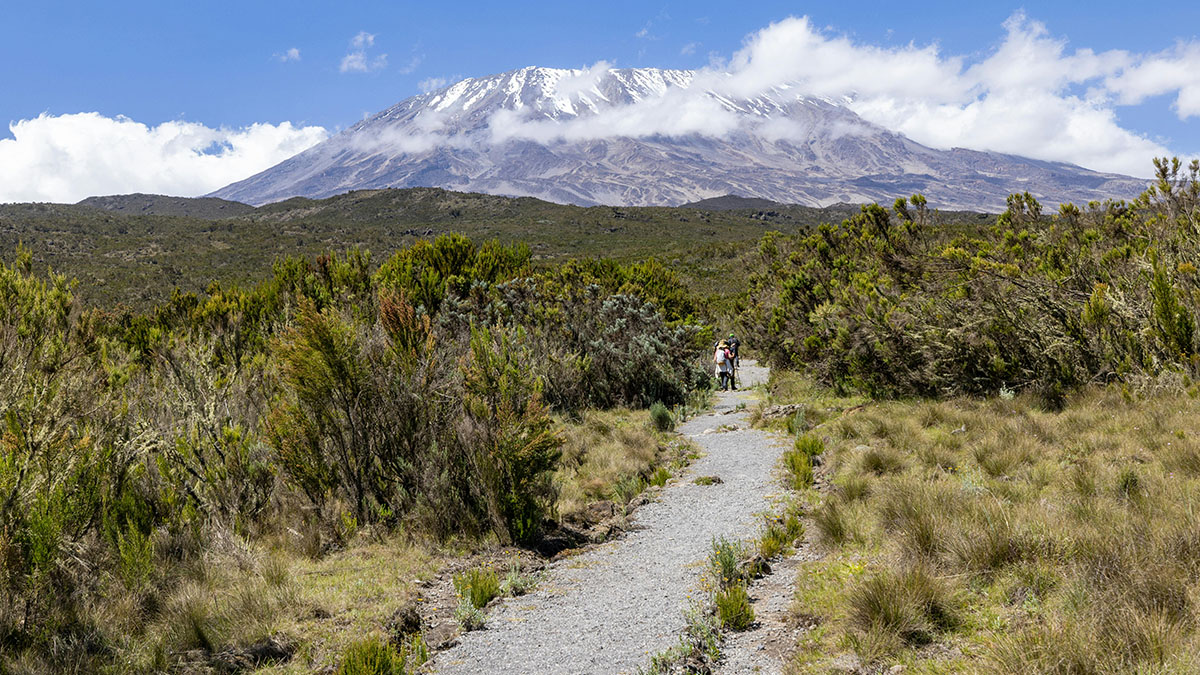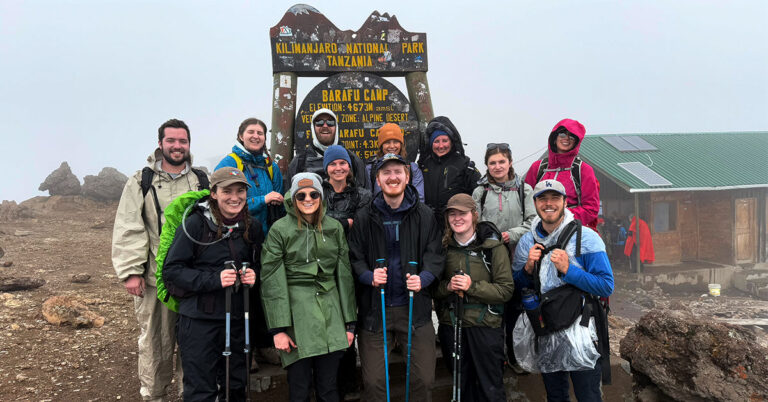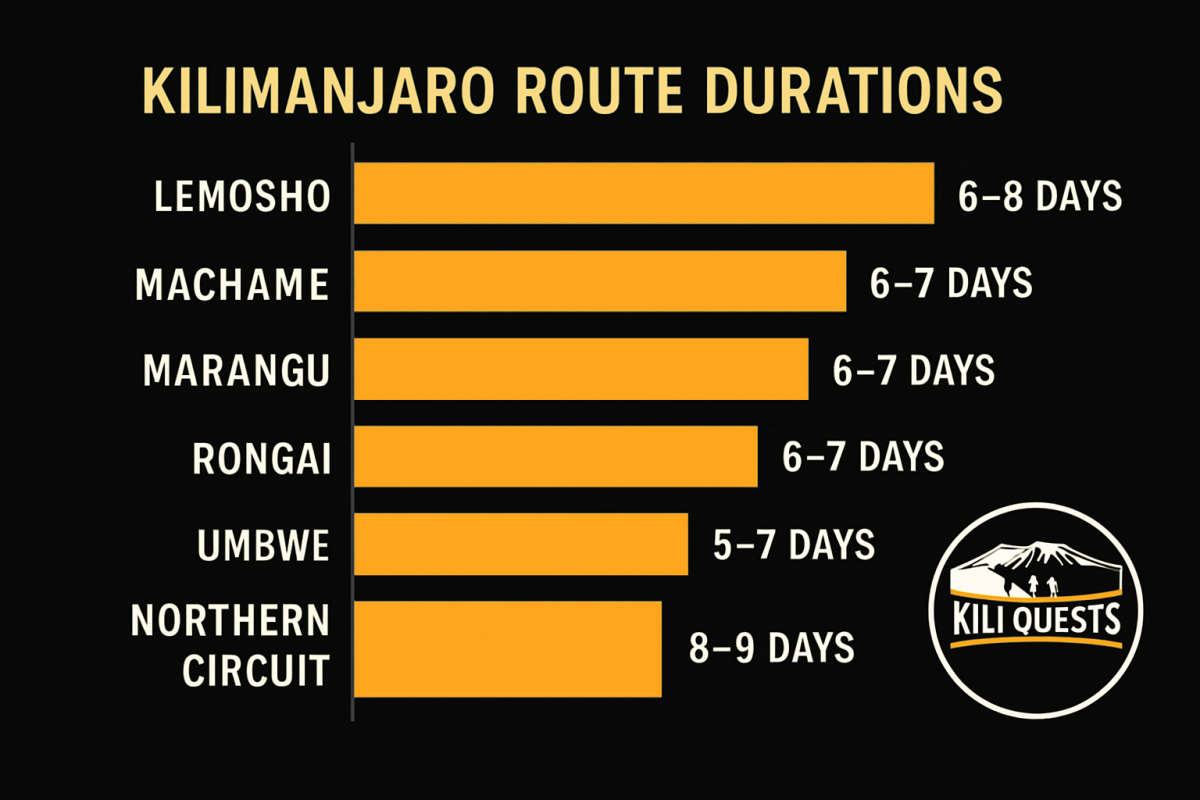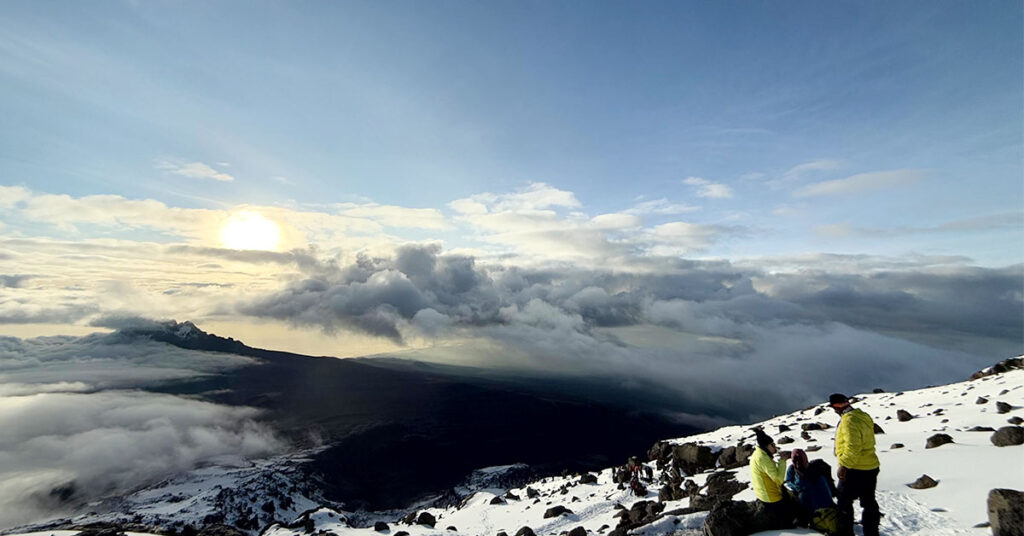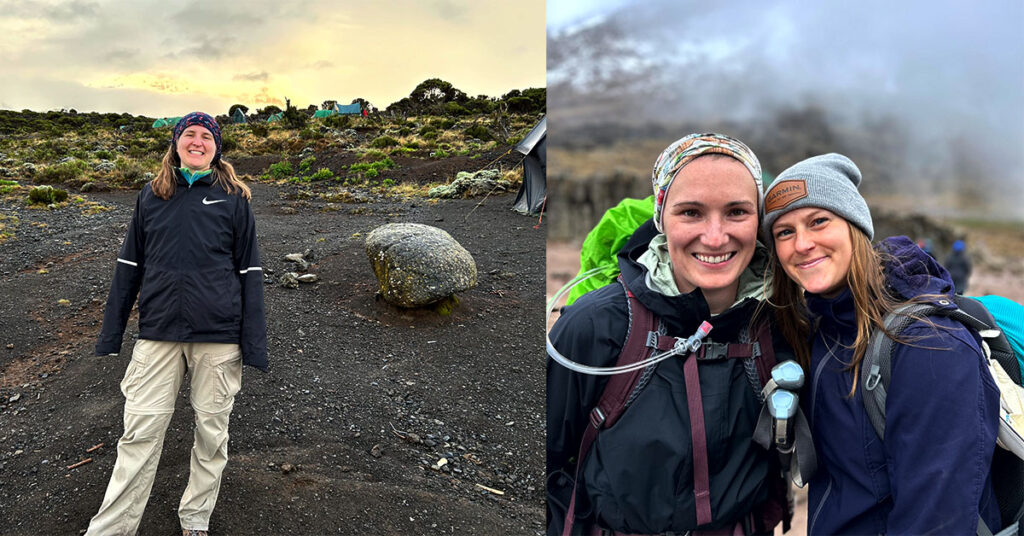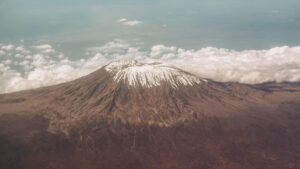Table of Contents
How to Train for Kilimanjaro: Your 6-Week Fitness Plan
Climbing Mount Kilimanjaro is not just a trek — it’s a personal challenge that demands preparation. While it’s one of the few high-altitude peaks that doesn’t require technical mountaineering skills, reaching the summit still requires solid physical conditioning, mental resilience, and smart altitude preparation.
This 6- to 8-week training plan is designed to help you arrive in Tanzania strong, confident, and ready to conquer the Roof of Africa.
At Kili Quests, we offer fully guided climbs designed for beginners

Why Training for Kilimanjaro Is So Important
Many first-time climbers underestimate the demands of Kilimanjaro. You’ll be walking 6–12 hours a day for a full week, often at high altitude, with little oxygen and changing weather conditions.
Without proper training, even the most beautiful trek can turn into a struggle. The better your fitness, the more energy you’ll have to enjoy the views, connect with your group, and adapt to the altitude.
Fitness Goals Before You Arrive in Tanzania
Before you land at Kilimanjaro Airport, you should aim to have built up the following:
- Endurance – for multi-hour treks and summit night
- Leg and core strength – to handle steep climbs and descents
- Cardiovascular fitness – to keep your heart and lungs working efficiently at altitude
- Mental resilience – to push through fatigue and unpredictable weather
6-Weeks Kilimanjaro Training Plan
If you have more than six weeks, even better! Extend each phase or repeat weeks 5–6 to improve performance.
Weeks 1–2: Build Your Base
Start by getting your body used to regular movement. Focus on consistency, not intensity.
- Cardio: Brisk walking, jogging, or cycling – 30 minutes, 3–4x per week
- Strength: Bodyweight exercises (squats, lunges, planks) – 2x/week
- Weekend Hike: Easy trail or long walk – 2–3 hours to build endurance
- Stretching: After each session to reduce soreness and increase flexibility
Weeks 3–4: Build Strength & Endurance
Time to level up your effort and increase duration.
- Cardio: Add intervals or inclines (treadmill or stairs) – 45–60 minutes, 4x/week
- Strength: Add resistance or weights (focus on legs, back, and core)
- Hiking: Weekend hikes 3–5 hours with some elevation gain
- Stair Workouts: 15–20 minute stair climbing sessions simulate summit day effort
Weeks 5–6: Simulate the Trek
These are your “test run” weeks — push closer to actual trekking conditions.
- Cardio with Backpack: 60–90 minutes, 3x/week
- Daypack Training: Wear your real hiking gear, carry 6–8 kg in your backpack
- Back-to-Back Hikes: Two long hikes in a weekend (e.g., Saturday and Sunday 4–6 hours)
- Gear Testing: Use your boots, poles, and layers on real trails
- Mental Training: Hike in less-than-perfect weather and practice early morning starts
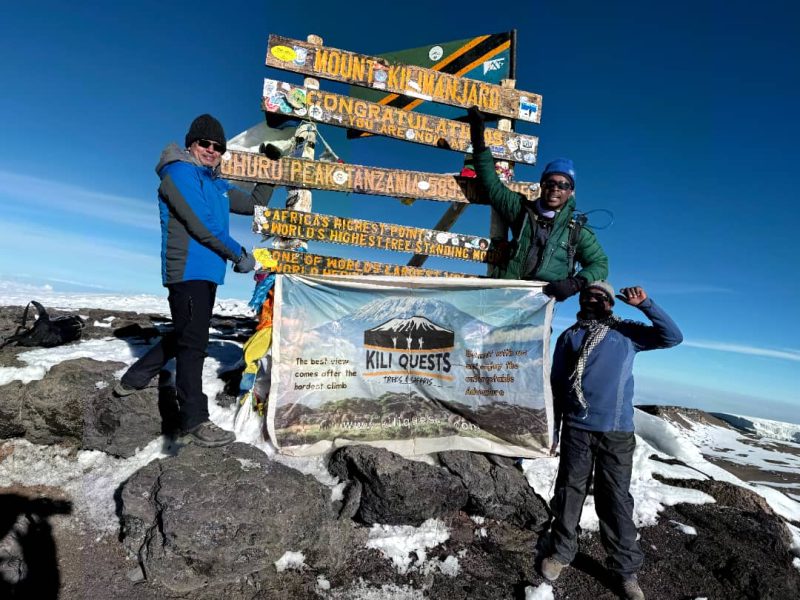
Optional Weeks 7–8: Final Prep
If you have 8+ weeks, use this bonus time to repeat long hikes, improve recovery, and rest before your trip.
- Taper Down: Reduce intensity in the final days before departure
- Focus on Recovery: Hydration, stretching, sleep, and injury prevention
- Nutrition: Eat well to build energy stores for the trek
Cross-Training Options for Better Altitude Fitness
Mix in activities that improve lung capacity and flexibility:
- Swimming: Low impact, good for lungs
- Cycling: Builds strong legs and endurance
- Yoga or Pilates: Enhances flexibility, core strength, and breathing control
Altitude Acclimatization Tips
Altitude Acclimatization Tips
While you can’t simulate Kilimanjaro’s full altitude unless you live at elevation, here’s how to train your body to adapt better:
- Train with a loaded backpack
- Sleep at higher altitudes if possible (hikes in the mountains, even below 3,000 m, help)
- Stay hydrated and practice controlled breathing during workouts
- Learn the signs of AMS (Acute Mountain Sickness) in advance
If you’re new to high-altitude trekking, our Altitude Sickness Tips & Risks guide can help you stay safe.
Gear Practice Is Part of Training
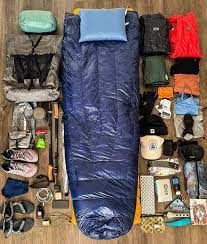
Gear Practice Is Part of Training
Don’t wait until the mountain to test your gear!
- Break in your boots early
- Hike with your daypack fully loaded
- Use trekking poles on hilly trails to build muscle memory
- Layer properly in cold-weather walks to prepare for summit night
Make sure to check our [Essential Kilimanjaro Packing List 2025] to avoid missing anything important.
Rest and Recovery Matter
Overtraining can lead to injury or fatigue. Your muscles need time to repair and grow stronger.
- Sleep well (7–8 hours per night)
- Stretch after workouts
- Take at least one rest day each week
Final Tips Before Your Trip
- Visit your doctor if you have any health concerns
- Pack electrolytes or hydration salts for hot days
- Stay consistent with your routine — even walking every day makes a difference!
Read our Health & Medication Tips to know what to carry for altitude, digestion, and pain management.
Ready to Climb?
Training for Kilimanjaro doesn’t need to be complicated. With commitment, consistency, and the right guidance, you’ll be well-prepared for an incredible journey to Africa’s highest peak.
Need help choosing the right route or getting a personalized itinerary? Contact us at Kili Quests — we’re here to guide you every step of the way.
Ready to embark on your Kilimanjaro trek? Contact Kili Quests today to start planning your adventure and receive expert advice on staying healthy and safe throughout your climb. We’re here to help you every step of the way!
Related Articles
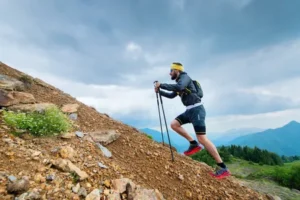
Climb Kilimanjaro: 6-Week Fitness & Training Guide
April 15, 2025
No Comments
Table of Contents How to Train for Kilimanjaro: Your 6-Week Fitness Plan Climbing Mount Kilimanjaro is not just a trek — it’s a personal
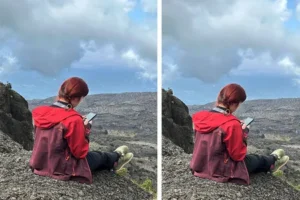
Climb Kilimanjaro Safely: High Altitude Sickness Guide
April 15, 2025
No Comments
Table of Contents Altitude Sickness on Kilimanjaro: What You Need to Know Mount Kilimanjaro rises to 5,895 meters (19,341 ft) — a height where
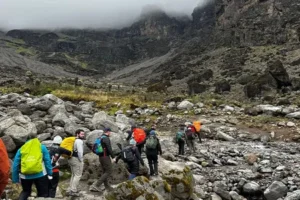
Beginner’s Guide to Climbing Kilimanjaro: First-Timer Tips
April 15, 2025
No Comments
Table of Contents Beginner’s Guide to Climbing Kilimanjaro: FAQs for First-Time Trekkers Climbing Mount Kilimanjaro is a bucket-list adventure for many — and yes,



